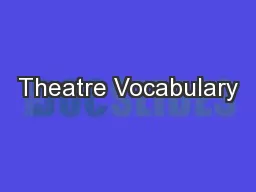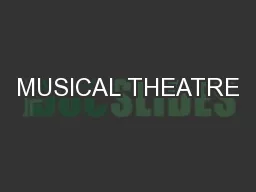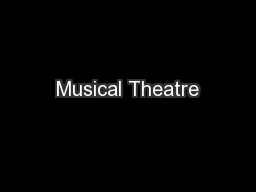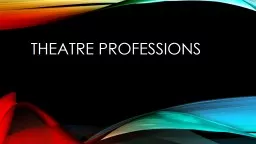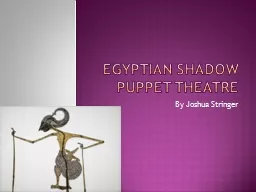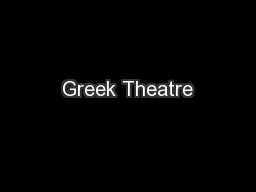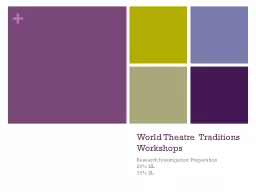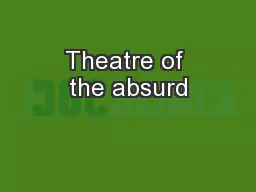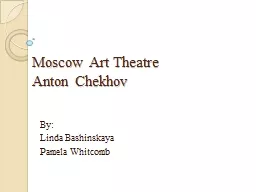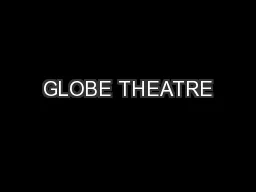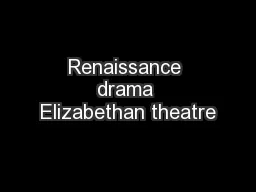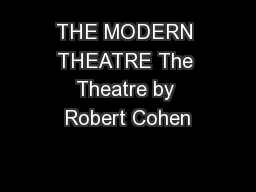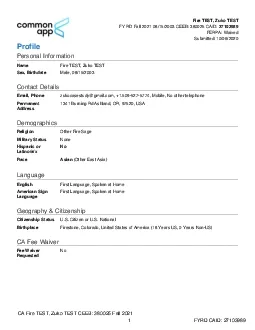PPT-Theatre Vocabulary
Author : tatiana-dople | Published Date : 2017-04-14
Bell Work Copy the agenda from the board If you have any questions from Fridays lesson please write them on the other board We will discuss them as a class Week
Presentation Embed Code
Download Presentation
Download Presentation The PPT/PDF document "Theatre Vocabulary" is the property of its rightful owner. Permission is granted to download and print the materials on this website for personal, non-commercial use only, and to display it on your personal computer provided you do not modify the materials and that you retain all copyright notices contained in the materials. By downloading content from our website, you accept the terms of this agreement.
Theatre Vocabulary: Transcript
Download Rules Of Document
"Theatre Vocabulary"The content belongs to its owner. You may download and print it for personal use, without modification, and keep all copyright notices. By downloading, you agree to these terms.
Related Documents

